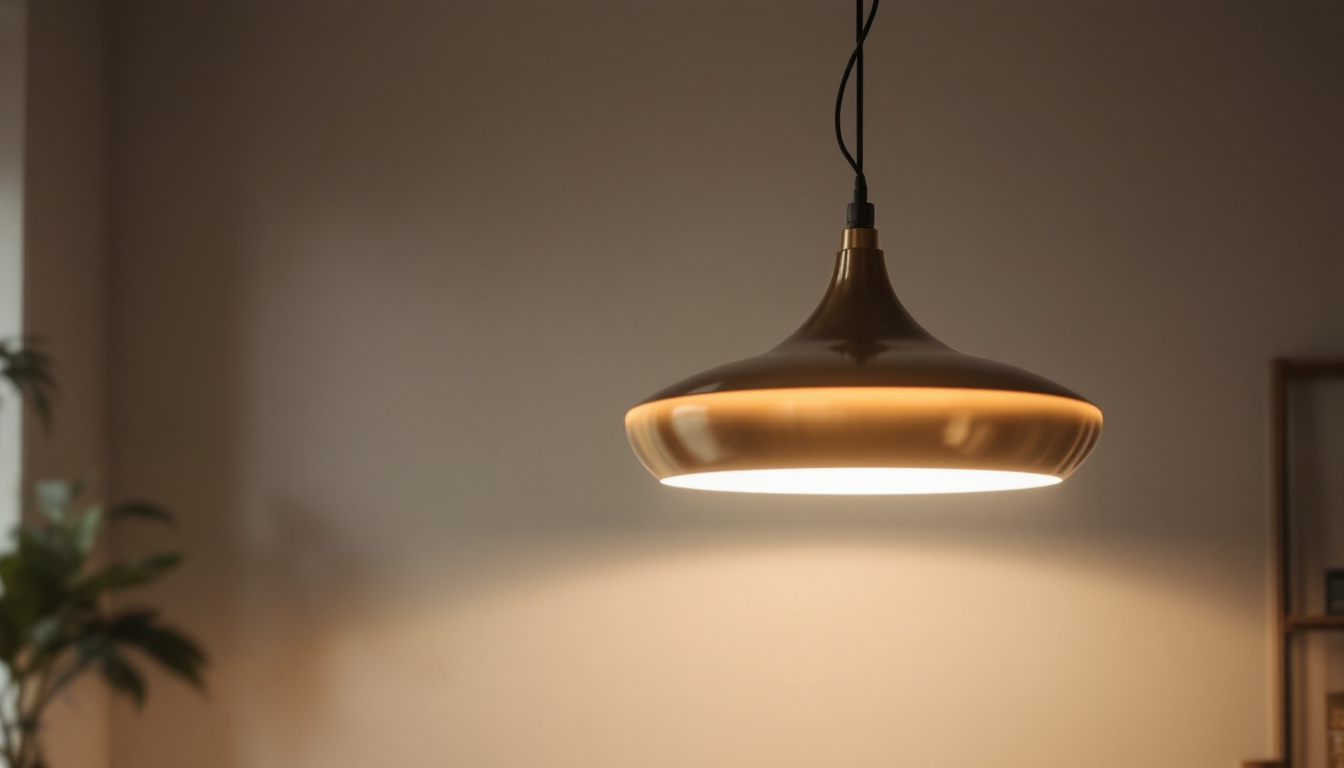

In the world of lighting, understanding the components that regulate and control fixtures is crucial for success. Ballasts and drivers play significant roles in ensuring that lighting systems operate efficiently and effectively. For lighting contractors, a solid grasp of these components is essential for guiding clients, ensuring optimal performance, and adhering to safety standards. This article explores the fundamental aspects of ballasts and drivers, designed specifically for the lighting contractor audience.
To provide effective lighting solutions, contractors must understand the basic functions of both ballasts and drivers. While they may seem similar, each serves a unique purpose in different types of lighting systems. A ballast is a device that regulates the current to fluorescent and some HID lamps, while a driver serves the same purpose for LED fixtures. Recognizing how each component works and interacts with the lighting system is essential for optimal installation and maintenance.
When it comes to ballasts, contractors should be aware of the two main types: magnetic and electronic. Magnetic ballasts are heavier and often found in older lighting systems, whereas electronic ballasts are lighter, more efficient, and offer improved performance. Familiarity with these differences will allow contractors to make informed decisions regarding replacements and upgrades.
Drivers, on the other hand, have evolved with the rise of LED technology. An LED driver converts the alternating current (AC) from the electrical supply into the direct current (DC) required by LED fixtures. Understanding the specifications and compatibility of drivers is crucial, as using an incorrect driver could lead to substandard performance or even damage the LED lights.
The choice of ballast can significantly affect the performance of lighting systems. Magnetic ballasts operate by inducing a magnetic field that regulates the current, which is necessary for the operation of fluorescent lamps. These are typically used in older installations and require a starter for ignition. Despite their bulkiness and inefficiency, magnetic ballasts are known for their durability.
On the contrary, electronic ballasts are more modern and have largely replaced magnetic options in many applications. They provide instant start capabilities, reduced flicker, and can operate multiple lamps simultaneously. Furthermore, electronic ballasts have significantly lower energy consumption, which contributes to increased energy efficiency, making them attractive to both contractors and end-users. Additionally, the reduced electromagnetic interference produced by electronic ballasts can lead to a more pleasant lighting experience, especially in sensitive environments like offices or hospitals.
As LED technology continues to dominate the lighting industry, understanding LED drivers becomes imperative. There are two main types of LED drivers: constant voltage and constant current drivers. The choice between these depends on the specific requirements of the LED fixtures being used. For example, constant voltage drivers supply a consistent voltage, suitable for applications where multiple LEDs are connected in parallel.
In contrast, constant current drivers supply a fixed current to an LED load, ensuring that each LED receives the correct amount of electricity, which enhances longevity and light output quality. Contractors should be well-acquainted with these specifications to ensure they select the optimal drivers that match their clients’ requirements. Furthermore, many modern LED drivers come equipped with smart technology, allowing for dimming capabilities and integration with building management systems. This not only enhances energy savings but also provides flexibility in lighting design, enabling contractors to create tailored solutions that meet the unique needs of each project.
As lighting technology continues to evolve, so too do the regulations governing it. Contractors must stay informed about local, state, and national codes that pertain to ballasts and drivers. Compliance with standards such as the Energy Independence and Security Act is crucial to ensure that installations meet energy efficiency benchmarks. These regulations are not static; they are frequently updated to reflect advancements in technology and shifts in energy policy, making it essential for contractors to engage in continuous education and training to remain compliant.
Moreover, understanding the implications of regulations not only impacts the operational capabilities of lighting systems but also affects the sustainability efforts of contractors’ businesses. Adhering to regulations can help contractors gain a competitive edge by offering compliant, energy-efficient solutions and promoting sustainable practices. Additionally, being proactive in understanding and implementing these regulations can lead to potential cost savings in the long run, as energy-efficient systems often qualify for rebates and incentives offered by utility companies and government programs aimed at reducing energy consumption.
Compatibility between ballasts/drivers and lighting fixtures is another critical consideration for contractors. Proper matching of these components with their intended fixtures ensures optimal operation and longevity. Misalignment can lead to inadequate lighting, increased energy costs, and premature failures. Furthermore, the integration of smart lighting technologies adds another layer of complexity to compatibility, as contractors must also consider how these systems interact with existing infrastructure and control systems.
To ensure compatibility, contractors should refer to manufacturer specifications and refer to any compatibility lists that may be available. Taking the time to double-check that the ballasts or drivers specified for a project align with the light fixtures in use will help contractors to avoid future headaches. Additionally, contractors should consider the potential for future upgrades or changes in technology, ensuring that the chosen components not only meet current needs but are also adaptable for future advancements. This foresight can enhance the overall value of the installation, making it more resilient to the rapid pace of technological change in the lighting industry.
Once contractors have chosen the appropriate ballasts or drivers for a project, the focus shifts to installation. Proper installation is key to achieving the desired lighting performance and ensuring safety. Contractors must observe best practices during the installation phase, including checking that all components are seated properly, secure, and free from physical obstructions. This meticulous attention to detail not only enhances the immediate functionality of the lighting system but also contributes to its longevity. For instance, ensuring that wiring connections are tight and insulated can prevent electrical shorts, which are a common cause of system failures.
Moreover, implementing a thorough testing process post-installation helps identify any potential issues that could arise during operation. This proactive approach allows contractors to address problems before they escalate into more significant concerns, boosting client satisfaction and reinforcing professional reputability. It is also beneficial to document the testing results, as this can serve as a valuable reference for future maintenance and troubleshooting. By maintaining a detailed log of installation practices and outcomes, contractors can refine their methods over time, leading to improved efficiency and effectiveness in subsequent projects.
Providing ongoing support for lighting systems is essential for contractors looking to build long-term relationships with clients. Educating clients about the maintenance of ballasts and drivers will empower them to handle minor issues, thereby enhancing the overall efficiency and lifespan of the lighting system. For example, informing clients about the importance of regularly cleaning fixtures and checking for signs of wear can prevent costly replacements down the line. Additionally, offering simple troubleshooting tips can help clients feel more confident in managing their systems, fostering a sense of ownership and responsibility.
Additionally, contractors should consider offering maintenance services or regular check-ups, which can ensure that the systems are functioning optimally and are compliant with evolving technological and regulatory standards. By scheduling these routine inspections, contractors can identify potential problems early, such as flickering lights or unusual energy consumption, which may indicate underlying issues. Through proactive engagement in maintenance, contractors can ensure customer loyalty while also keeping their own services relevant in a competitive market. Furthermore, providing clients with updates on new technologies and advancements in lighting systems can position contractors as trusted advisors, enhancing their reputation and encouraging repeat business.
For lighting contractors, understanding the distinctions and operational significance of ballasts and drivers is paramount. As the industry adapts to new technologies and regulations, the knowledge of each component’s role, compatibility considerations, and best installation practices will ensure contractors remain at the forefront of the profession. Armed with this knowledge, lighting contractors are better equipped to deliver efficient and innovative lighting solutions that meet their clients’ evolving needs.
Ready to elevate your lighting projects with the finest products on the market? Look no further than LumenWholesale for all your ballasts and drivers needs. Our commitment to providing spec-grade lighting products at unbeatable wholesale prices ensures that you can offer your clients the best without breaking the bank. With LumenWholesale, you’ll find an extensive selection that meets rigorous industry standards, backed by the convenience of bulk buying and free shipping. Don’t let inflated markups dim your business potential. Choose LumenWholesale for Wholesale Lighting at the Best Value and light up your projects with confidence and affordability.

Discover the crucial warehouse fixtures that lighting contractors frequently miss.

Discover the key insights into what clients anticipate from lighting contractors when it comes to ceiling lights in kitchens.

Discover expert tips and insights for lighting contractors on selecting and installing large pendant lights.

Discover the indispensable role of troffers in modern lighting solutions for contractors.
Get notified when NEW deals are released.
Optimize your budget with wholesale discounts.
Only top-quality, specification-grade lighting products.
No additional costs at checkout - what you see is what you pay.
We understand the unique needs of contractors.